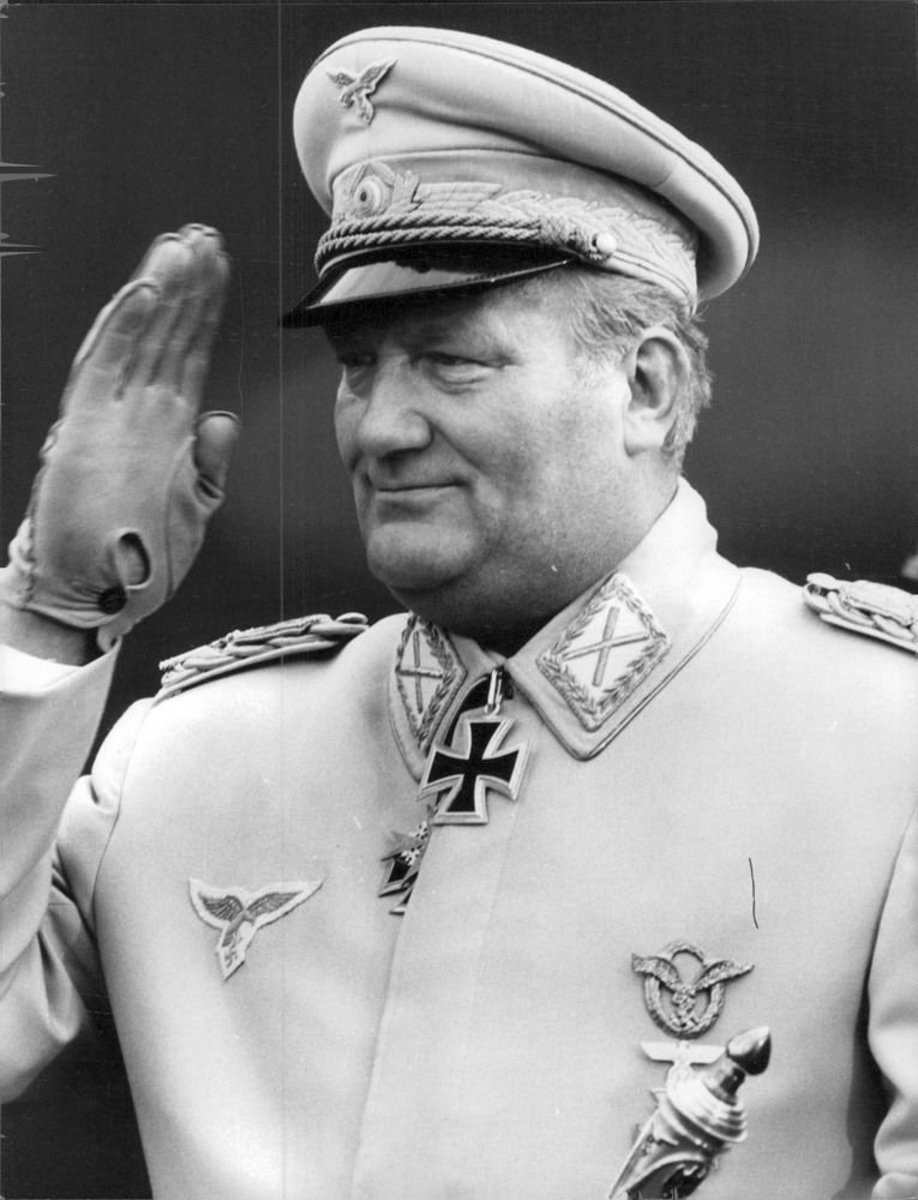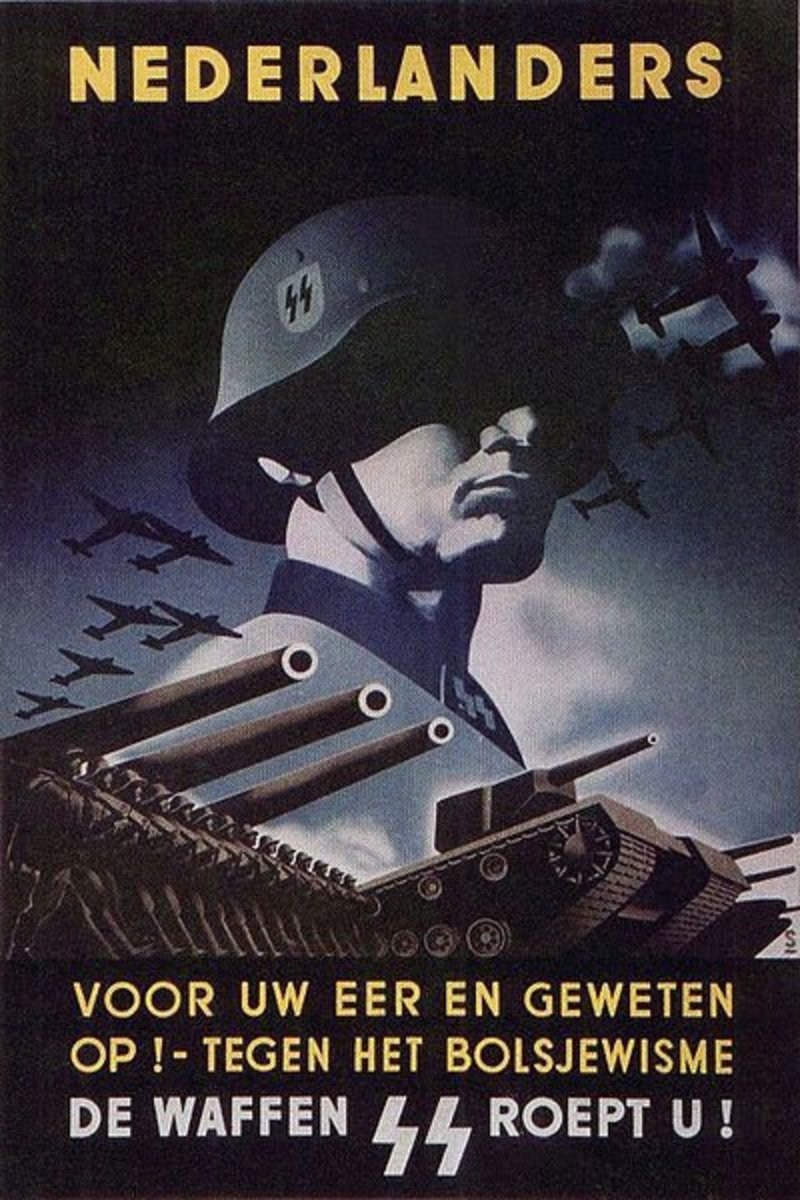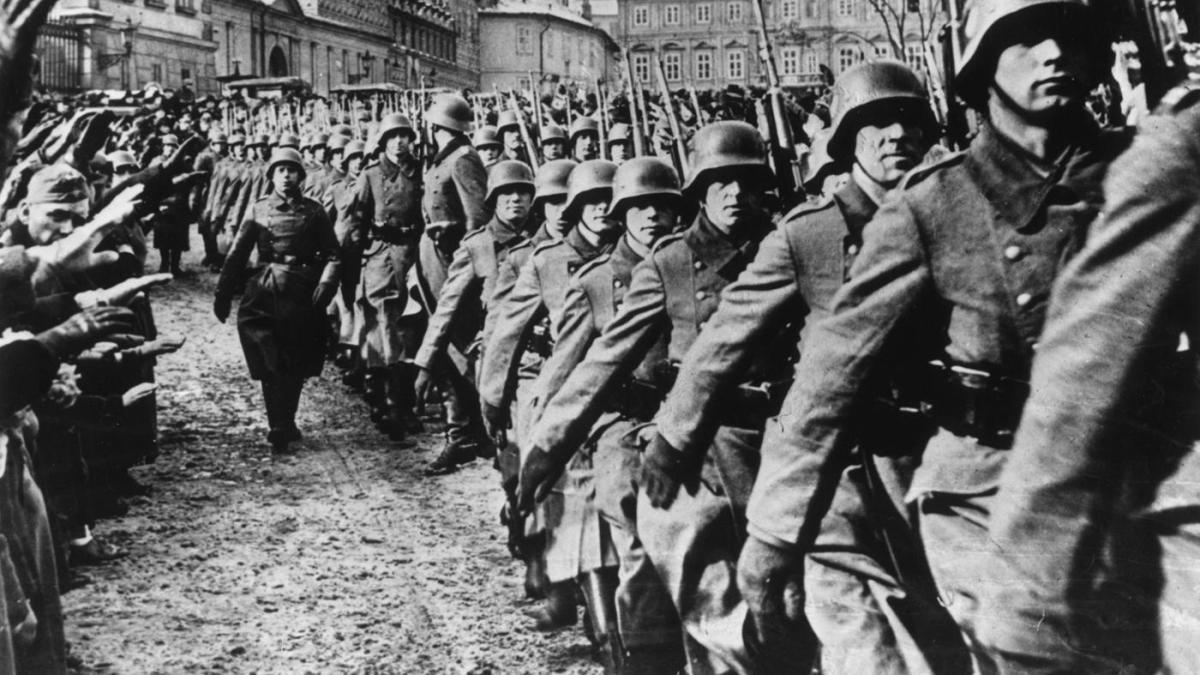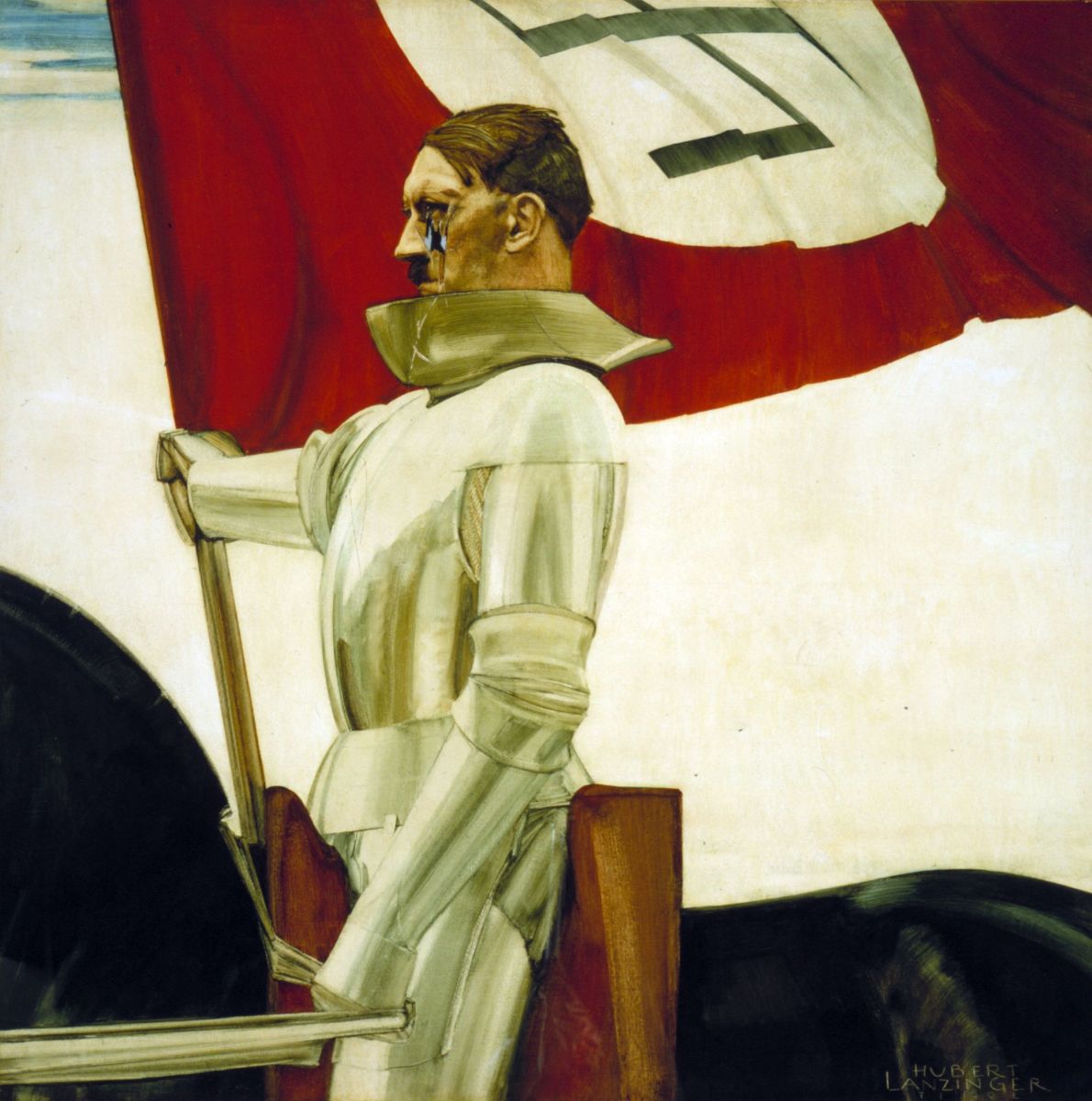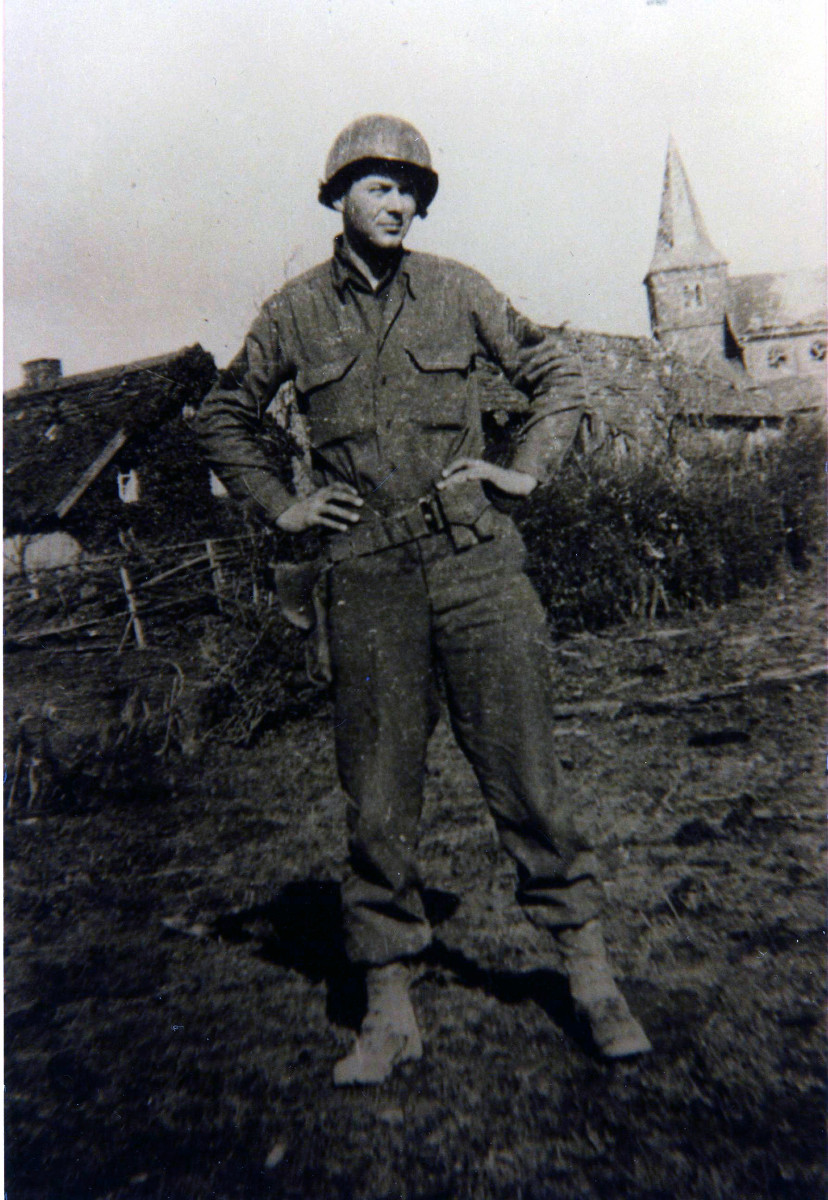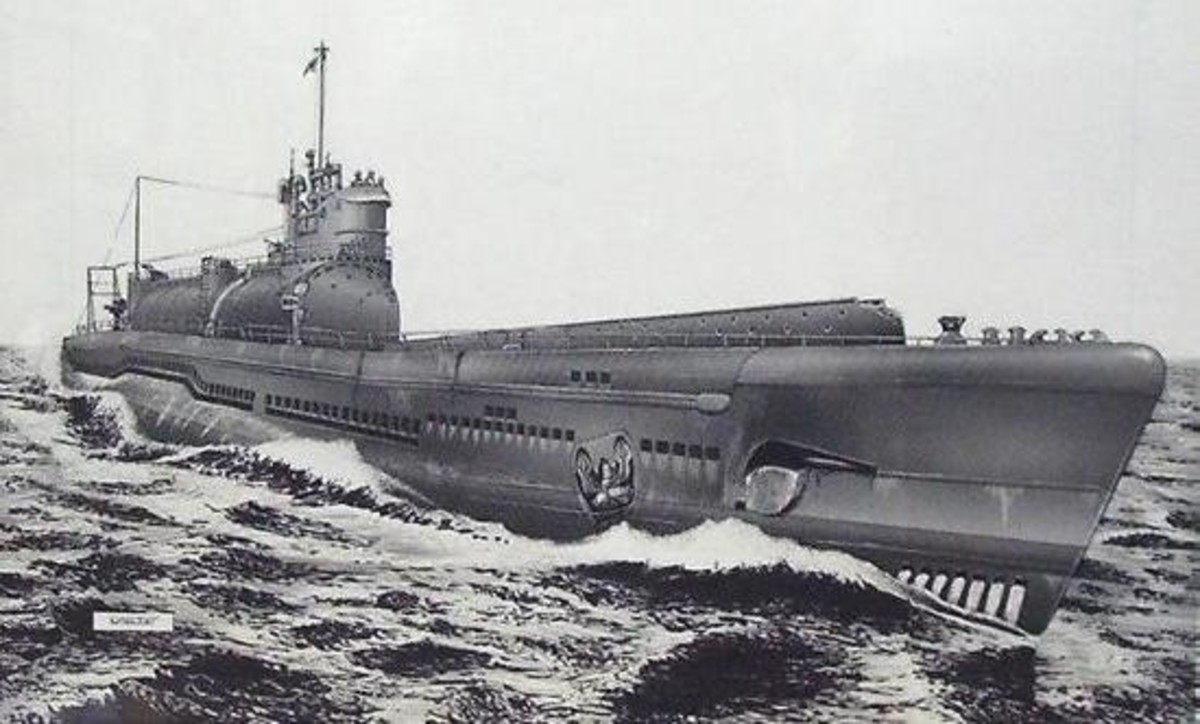- HubPages»
- Education and Science»
- History & Archaeology»
- History of the Modern Era»
- Twentieth Century History
Nazi Propaganda in World War II Germany - Part II
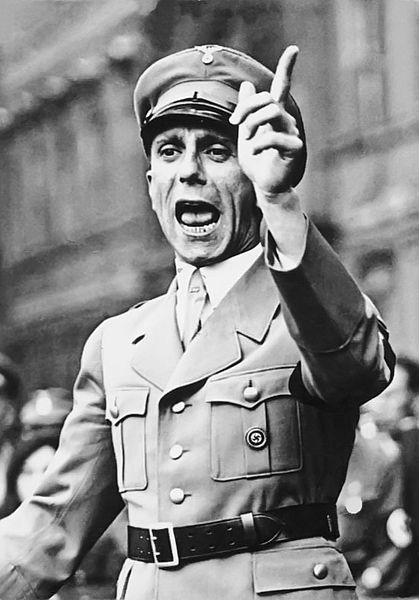
By 1943 however, Goebbels found himself once again in control of all of Nazi Germany’s propaganda. With the loss of influence and his being disgraced, Ribbentrop no longer posed as an obstacle to Goebbels Propaganda Ministry. Dietrich had lost his contact with Hitler, but remained on as Reichspressechef, and Goebbels was able to achieve “excellent cooperation”1 with Dietrich and again have mostly autonomous control over the press. His propaganda work at this point was being observed by the Allies. In his diaries, Goebbels wrote,
A number of English papers and periodicals have been laid before me which give evidence of the great respect for my person and my work. News Chronicle calls me the most dangerous member of the Nazi gang. I can be very proud of this praise. If the English continue to respect my work so much, I believe I shall gradually also win the approval of the German people.2
All of the German propaganda up until 1942 was generally aimed at integrating the Nazi ideals into the German people by fostering a single, cohesive nation with the same ideals, principles and societal needs; all controlled and manipulated by Party controlled groups that were at times centralized. However, by the time Goebbels regained his monopolistic control over all German propaganda outlets, the German war efforts were rapidly changing. While the Germans were fighting the Soviets at Stalingrad, Goebbels began to realize that the methods that previously employed were not working. Goebbels remarked that,
The public at home, but also abroad, no longer accepts German propaganda for the reason that its expressions and style have become so worn and shabby that they produce a sense of distaste in the listener or reader.3
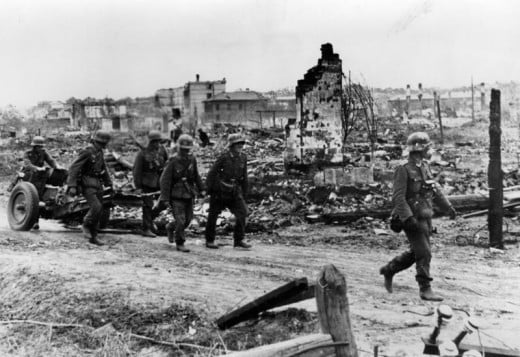
With the German defeat at Stalingrad, Nazi propaganda took on a different life. No longer was it merely information, now it served the purpose of informing and stirring outrage against the enemies of Germany. He would use propaganda in painting a picture of life and death for the Germans and that the struggle of the Party was also the struggle of the people.
Another by-product of Stalingrad, was a renewed push towards anti-Bolshevik propaganda and Communism as being another facet of their Jewish problem. Goebbels pushed for a total war propaganda campaign that also used fear, fear of Bolshevism controlling not only Germany, but Europe as well. In a twist, his propaganda reached out to Europe as well.
Knowing the history of the Communists and the Nazis, who was the worst of the two?
Goebbels believed that “Europe wins with Germany or sinks into Bolshevik chaos.” He also pointed out that,
[w]e fight Bolshevism as a destructive Jewish idea that, were it to reach its goal, would bring vast misery and complete destruction of all cultural values. We are fighting a defensive war, for the life and freedom of the German people, and ultimately for the other peoples of Europe… Neither England nor America, nor any other power, can stop Europe from falling under Bolshevist control if the German military is defeated.4
Beginning in 1943, the end was almost obvious for the Germans. There had been plots against Hitler’s life, the most notable being the “July 20” plot in Hitler’s “Wolf’s Lair” which injured the Fuhrer, but failed to kill him. Goebbels propaganda had until this point been positive propaganda. But after Stalingrad, the mood changed to a more negative style of propaganda as well as propaganda that was formulated as a diversion from the gloomy nature of the Reich’s situation.
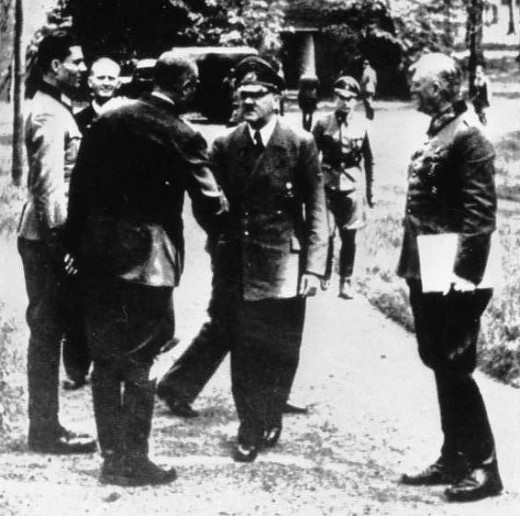
While the Allies were experiencing victories, the Germans were not. Moral was low after Stalingrad, and Goebbels was very aware of the need to find a victory somewhere. He first looked at the German U-boat victories in the Atlantic and used them as a method of boosting moral with a diversion. He told the public that “Britain will be brought to her knees as a result of the German U-boats.”5 Unfortunately, this German U-boat offensive never came to pass. Then came the losses in North Africa which lowered the moral of the Nazis to that of the loss at Stalingrad. Goebbels again employed diversion tactics and focused on the German struggling against all odds, outnumbered and sacrificing themselves bravely, and that North Africa was a ‘minor skirmish’ and if the Allies invaded Europe they would get a real taste of the German fighting machine. But once again, Goebbels radio broadcast was not enough when the Allies landed in Sicily. The propaganda used again played down the invasion as being insignificant on ‘a small island of the coast of North Africa.’
As the war came to the German homeland through Allied bombings Goebbels shifted the propaganda to one of revenge. He painted these bombing efforts as being aimed at the elderly, women and children and personally promised the German people that these crimes would be avenged. On June 5, 1943, Goebbels gave his second Berlin Sportpalast speech and told the public that,
[t]he enemy can turn our homes into rubble; but the hearts of the population burn with hatred, but they do not burn. One day our hour of repayment will come [Loud applause]…6
During the final phases of the war, the Nazi propaganda magazine, Signal, published an article titled “What We Are Fighting For.” The question it posed to the German people was “Question: Has Germany a programme for which she is fighting? Answer: What the German soldier is defending is not a programme. It is the very substance of his existence…”7 The pages that followed portrayed women in church, a child, a symphony with the title “For man’s right to culture”, pictures of workers and then photos of various soldiers from different nations, all who oppose Bolshevism. Some of the men were even Russians. The magazine kept up the façade that the Germans were in the right and that their defeat would be the defeat of the world.
The final showdown began in 1944. Goebbels clearly had a monopoly on all propaganda in Germany, however, after the failed attempt on Hitler’s life in 1943, the German people were beginning to question what they believed were deceptions pulled over on them by not only the Nazi regime, but by Hitler himself. As Goebbels would attempt to reassure the public, often times being ridiculed in the process, the people would openly criticize, something which would have been inconceivable in the early part of the regime, what was really happening in Germany. Goebbels toned down the anti-Jewish propaganda, evening banning any notions of Jewish revenge, as the German people were beginning to believe the calamities at hand was retribution for the treatment of the Jews.8 As the final offensive was beginning in the Ardennes, Goebbels issued a ban on any type of reporting. Even if the propaganda was allowed, the German public at this point would have found it hollow and untrustworthy.
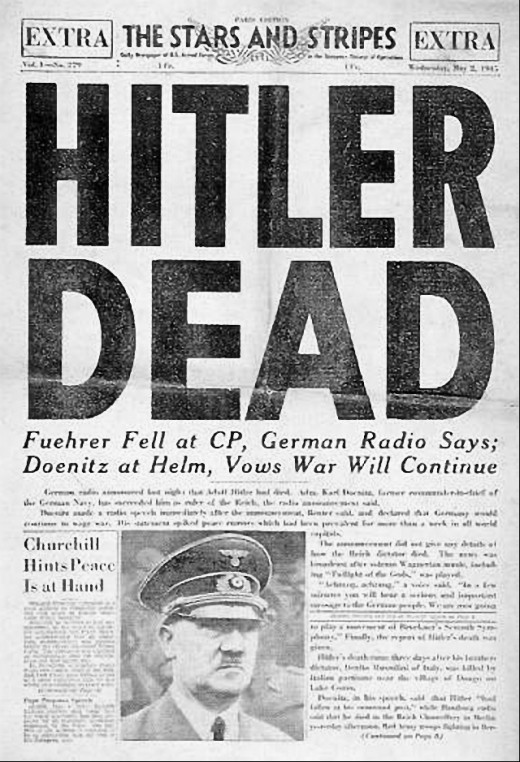
As the Allied forces closed in around Berlin, Goebbels let his staff go and remained with Hitler until the end. When the Soviet troops entered Berlin and hoisted the Communist flag, Goebbels and Hitler were both dead by suicide. There was nothing left to idolize or defend. Ironically, Nazi propaganda had one last gasp of breath, when Admiral Karl Donitz proclaimed that Hitler had died while ‘fighting heroically’ to defend the city of Berlin.9 Like most of Nazi propaganda, the lie made the truth easier to handle.
Nazi propaganda was a two-edged sword for the Germans. On the one side it bolstered the moral of the German people, provided and individual as well as social sense of belonging in a nation devastated by the First World War, and it was a tool to use by the Nazi Party to gain, control and retain a centralized and integrated society. During the final days of the war it attempted to sustained the German people as well as blindly protect them from the real truth. On the other side, it was a method of indoctrinating, coercing, and controlling a nation through fear, hatred, and lies. While Hitler and Goebbels both believed propaganda was the ideal way to build their Aryan society, it was in fact, nothing more than a vain man’s attempt to make himself into a god. He was able to lure not only Goebbels into his private insanity, but many of the German people as well.
Sources
1. Aristotle A. Kallis, Nazi Propaganda and the Second World War (New York: Palgrave McMillan, 2005), 61.
2. Ibid., p. 332.
3. Joseph Goebbels, The Secret Conferences of Dr Goebbels, ed. Ewald Osers, trans. Wili A. Boelcke (New York: E.P. Dutton & Co., Inc., 1970), 280.
4. Joseph Goebbels, “Anweisung fur antibolshewistische Propaganda-Aktion,” German Propaganda Archive, accessed September 26, 2014. http://research.calvin.edu/german-propaganda-archive/bolshevist.htm
5. Aristotle A. Kallis, Nazi Propaganda and the Second World War (New York: Palgrave McMillan, 2005), 154.
6. Ibid., p. 163.
7. Jeremy Harwood. Hitler's War: World War II as portrayed by Signal the International Nazi Propaganda Magazine. (London: Zenith Press, 2014), 209.
8. Aristotle A. Kallis, Nazi Propaganda and the Second World War (New York: Palgrave McMillan, 2005), 180.
9. Ibid., p. 218.

